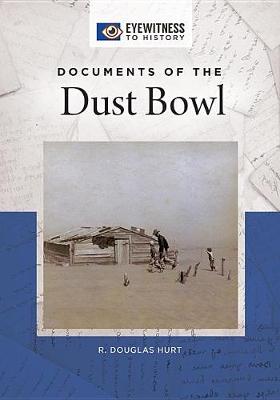Eyewitness to History
1 total work
This book provides a unique, thorough, and indispensable resource for anyone investigating the causes and consequences of the Dust Bowl.
During the 1930s, drought and the cultivation of submarginal lands created a severe wind-erosion problem in the southern Great Plains, a region that became known as the Dust Bowl. During the worst dust storms, the blowing soil often turned day into night. Some people died when caught outside during a black blizzard, others developed "dust pneumonia," and some residents moved to California. Most people, however, remained. Those who stayed and endured the storms had an abiding faith that federal resources and the return of normal rainfall would end the dust storms and return life to normal, free from the desperation and fear caused by the blowing soil.
Documents of the Dust Bowl offers a fascinating documentary history of one of the worst ecological disasters in American history. It will enable high school students and academics alike to study the manner in which Dust Bowl residents confronted and endured the dust storms in the southern Great Plains during the 1930s.
